January 11, 2018
Promotion: Humanscale launch Quickstand Eco to lead next generation of sit/stand workstations
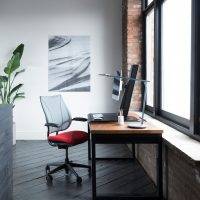 Humanscale, has launched its next generation of portable sit/stand products. The QuickStand Eco claims to unite function and sustainability at an accessible price point to improve employee performance and encourage a more active workplace. This new height-adjustable solution is sleeker, easier to install and comprises more sustainable materials than ever before. QuickStand Eco utilises minimal parts and pieces, limiting it’s environmental footprint and maintaining a minimal, clean aesthetic. It features simple setup and is easy to transport, making it a flexible option for both corporate and home offices. The instant height adjustability encourages users to sit and stand more often and the product can also be integrated with Humanscale’s OfficeIQ software, which sends periodic alerts when it is time to adjust one’s position.
Humanscale, has launched its next generation of portable sit/stand products. The QuickStand Eco claims to unite function and sustainability at an accessible price point to improve employee performance and encourage a more active workplace. This new height-adjustable solution is sleeker, easier to install and comprises more sustainable materials than ever before. QuickStand Eco utilises minimal parts and pieces, limiting it’s environmental footprint and maintaining a minimal, clean aesthetic. It features simple setup and is easy to transport, making it a flexible option for both corporate and home offices. The instant height adjustability encourages users to sit and stand more often and the product can also be integrated with Humanscale’s OfficeIQ software, which sends periodic alerts when it is time to adjust one’s position.





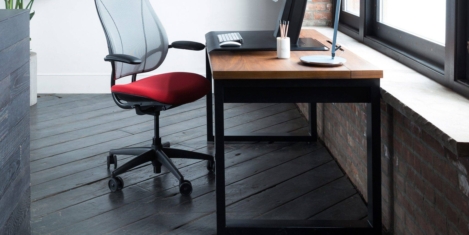
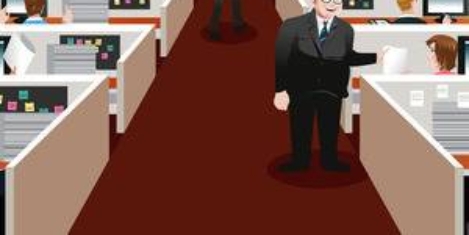
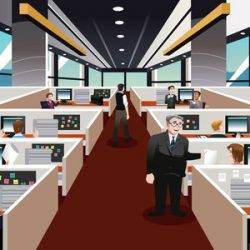
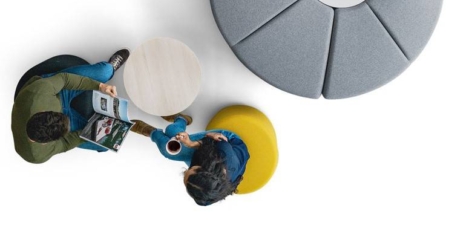
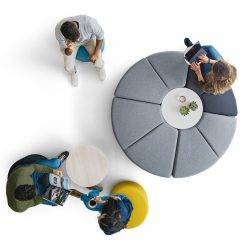
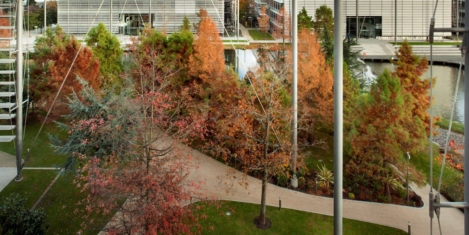
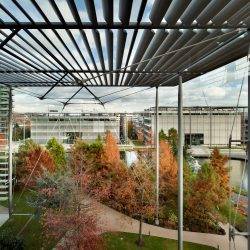
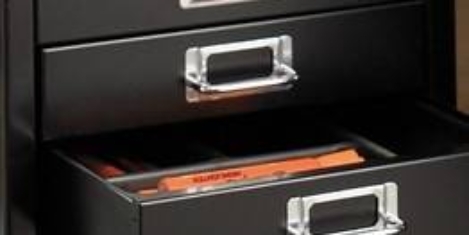
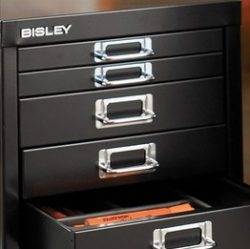


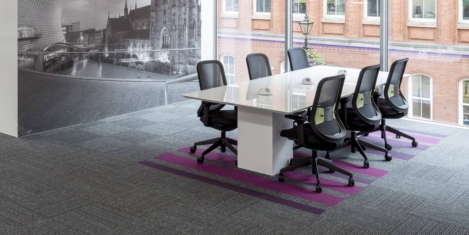
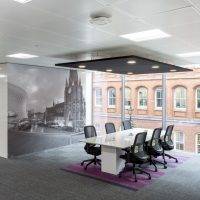

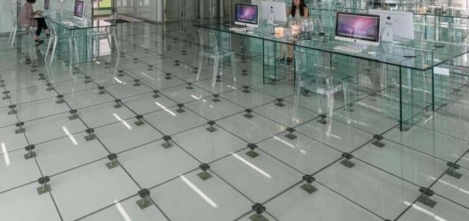
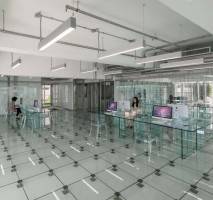









March 13, 2018
Many office furniture firms remain confused about social media and online communication
by Colin Watson • Comment, Furniture, Workplace design
(more…)